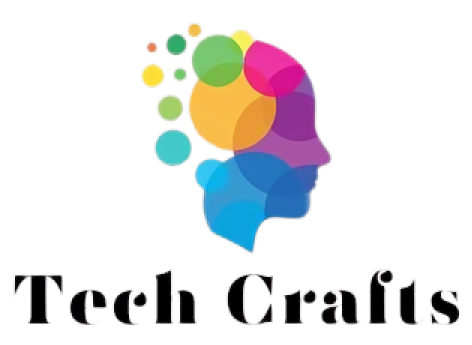By Farhan | Updated July 2025 | AI in Education
Artificial Intelligence (AI) is rapidly transforming the way we live, work, and most importantly, learn. In a powerful TEDxSNHU talk titled “AI Will Reshape Education. Are We Building Tools We Can Trust?”, Jim Chilton — a leading voice in educational technology — shares deep insights into how AI is poised to revolutionize education. But with this innovation comes a pressing challenge: Can we trust the tools we’re building?
This article explores Chilton’s key points while also analyzing the opportunities and responsibilities AI presents in modern classrooms.
The Rise of AI in Education
AI is no longer a futuristic dream in the education sector. From adaptive learning platforms to AI-powered tutoring tools, educational technology is becoming smarter and more personalized.
Imagine a classroom where every student receives a tailored learning experience — where lessons adapt to their pace, their strengths, and even their emotional state. This is the promise of AI in education: highly personalized learning paths that adjust in real-time based on performance and engagement.
According to Jim Chilton, AI has the potential to scale one-on-one attention across an entire classroom. Tasks like grading, content creation, and student feedback can be automated, allowing educators to focus more on teaching and less on administration.
The Trust Dilemma: Are AI Systems Safe and Fair?
Despite the powerful advantages, Chilton issues a clear warning: trust must come first.
AI systems are only as good as the data they’re trained on. If biased or incomplete data is used, it can lead to unfair decisions — like misjudging a student’s abilities or providing unequal learning recommendations.
Key Concerns:
- Bias and discrimination in grading or content delivery
- Lack of transparency in how decisions are made
- Privacy risks regarding student data
- Loss of teacher control over the learning experience
Chilton emphasizes that trustworthy AI must be transparent, auditable, and accountable. Students and teachers should know how the AI reached a decision, and there should be a way to override or correct it when needed.
Empowering Educators, Not Replacing Them
One of the biggest fears around AI is that it will replace teachers. But Chilton argues the opposite — AI should support and empower educators.
By automating repetitive tasks and analyzing student data, AI frees up teachers to spend more time connecting with their students on a human level. However, this can only work if teachers are trained and involved in the development of these tools.
What Educators Need:
- AI literacy and professional development
- Access to transparent and easy-to-use tools
- Collaboration in designing AI solutions
- Autonomy in decision-making alongside AI
Principles for Building Ethical and Trustworthy AI in Schools
To fully embrace AI in classrooms, we must build it on a foundation of ethics and inclusion. Chilton outlines several principles that should guide developers and education leaders:
- Transparency – AI systems must clearly explain how they work and why they make certain decisions.
- Fairness – Bias audits must be conducted regularly to ensure equity.
- Privacy Protection – Student data must be protected under strict regulations like GDPR or FERPA.
- Accountability – There must be a system to report errors, appeal AI-generated decisions, and make corrections.
- Inclusivity – Tools must serve all students, including those with disabilities or from underrepresented communities.
These are not optional features — they are essential to building long-term trust in AI.
Real-World Use Cases of AI in Classrooms
AI is already being used in practical ways:
- Adaptive assessments that adjust difficulty based on student responses
- AI tutors that provide instant help outside of school hours
- Lesson generators that help teachers save time on planning
- Engagement trackers that help spot students falling behind
These tools are proving helpful, but Chilton reminds us: every algorithm must be questioned, monitored, and improved continuously.
The Path Forward: AI and Human Values Together
The future of education isn’t just about smarter algorithms — it’s about integrating human values with machine intelligence.
If we want students to thrive in an AI-enhanced learning environment, we must design systems that are not just powerful but also compassionate, inclusive, and transparent. The goal is not just automation — it’s amplification of the human experience in learning.
Final Thoughts
AI will reshape education — that’s no longer up for debate. But whether this transformation will be fair, ethical, and empowering depends on the choices we make today.
As Jim Chilton wisely puts it, “The question isn’t whether AI will be part of education — it’s whether we’ll build tools we can trust.”
If AI is to play a central role in how our children learn, grow, and prepare for the future, then trust, transparency, and human-centered design must be our top priorities.







